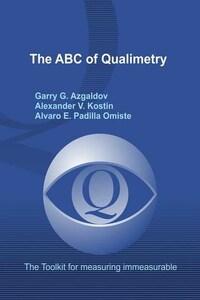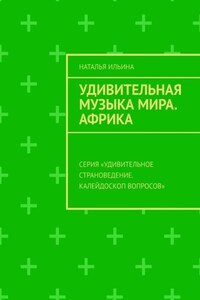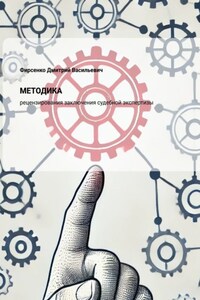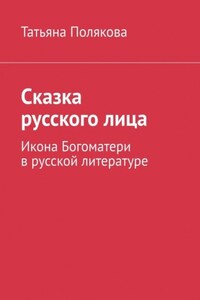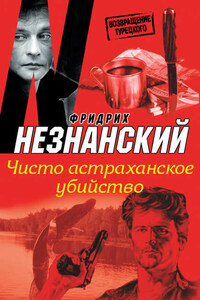Anything that people produce with in aperiod of time, as well as, anything they encounter in the course of commodity exchange and consumption and, generally in their everyday life, can be expressed by a set of four elements: products, services, information, and energy.1 Each of these elementscan be fully described by three fundamental variables:
– Quantity (in conventional units of measurement);
– Cost of production, distribution2 and consumption / utilisation / exploitation / application of a unit of quantity; and
– Quality of the unit of quantity.
The first of these, quantity, is basic to calculation in the engineering disciplines. The second, cost, is recognised and studied by the body of economic disciplines. As to the third characteristic, quality, until quite recently it was seldom if ever taken into account by either engineering or economic or management disciplines.
The reason was a lack of a theory and a toolbox for avalid quantification (assessment) of quality, such as the quality of products / services / information / energy. Without this kind of assessmentit is very difficult, if not impossible, to maintain an effective economic or social structure, e.g., an important omnibus structure called the quality of life, otherwise known as the standard of living.
The foregoing applies, among other things, to management, political, legislative or analytical activities.
For at least one time, almost every manager (as well as a policy-maker, law-maker or analyst3) has faced the problem of quantitative evaluation of quality, e.g., the need for quality control; depending on the specifics of their work it may be the quality control of an industrial or a social process (including the control of life quality), a design, a product, personnel, etc.
In every such situation what the manager has to do is to convert the quality of a controlled object —a production or social process, a design, a product, personnel, etc. – within a given time from a given state, A, to a target state, B. Clearly, the manager cannot solve this problem unless he/she is capable of quantifying A and B, that is, assessing the object’s quality in quantitative terms.
Hereinafter in this ABC we will often discuss quality with special reference to the quality of life as the most important, succinct and general description of socio-economic processes. The quality of other objects, e.g., products, will be used to make our examples more graphic.
Secondly, quality must be quantified in those frequent situations where a manager must decide between two or more options. For example, with superior quality in mind a manager has to decide:
– Whether a consumer product is to be imported or to be manufactured at home;
– On an organisation/administrative structure best suited for controlling a social or manufacturing process; or
– An equipment package for building infrastructure facilities in an urban setting.
When the number of options is greater than two, given that the quality of each option is determined by a combination of parameters (more about it later), the inescapable conclusion is that if one is to address this class of problem one must be able to quantify quality.
Lastly, we need to quantify quality when dealing with economic and social problems where, if we are to improve calculation accuracy, we have to take into account qualitative as well as quantitative factors (that is to say, if the former cannot be expressed in currency units), such as social, environmental, ergonomic or aesthetic ones.
